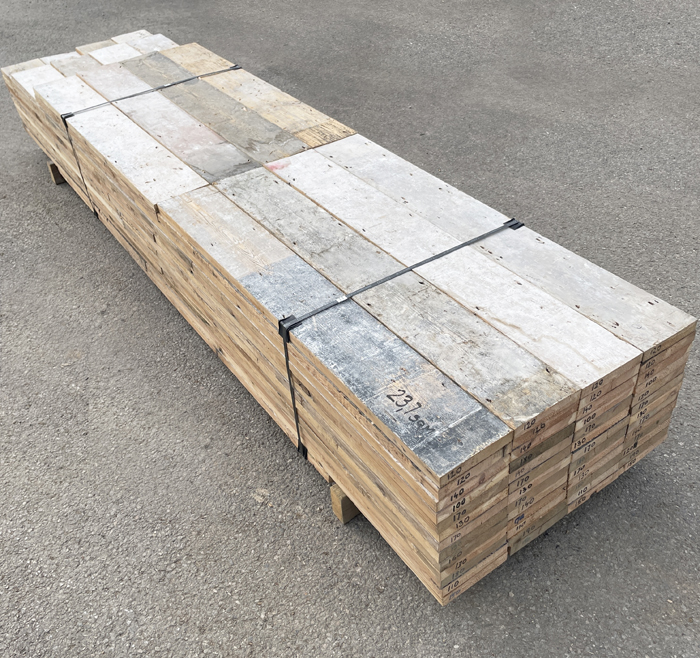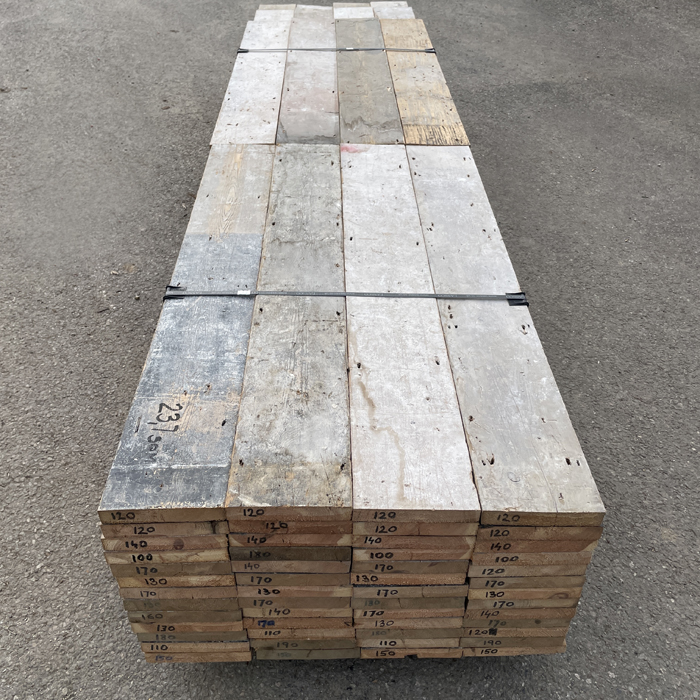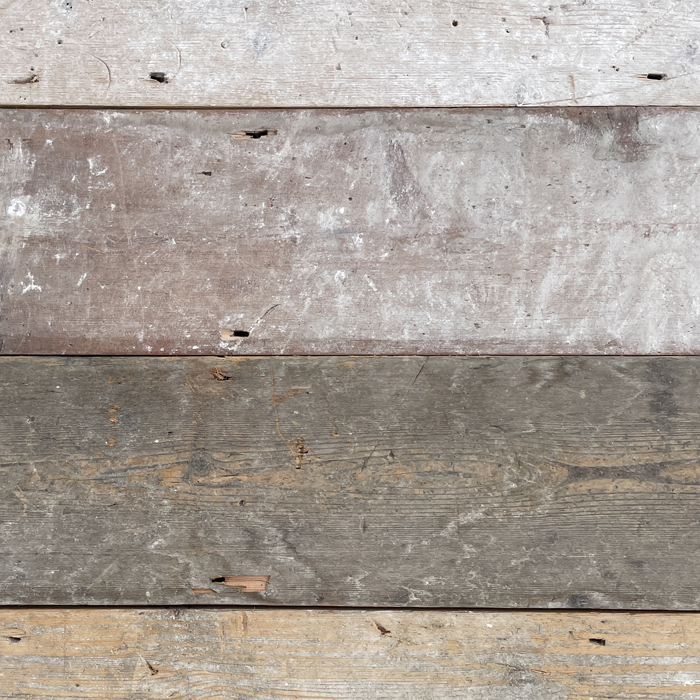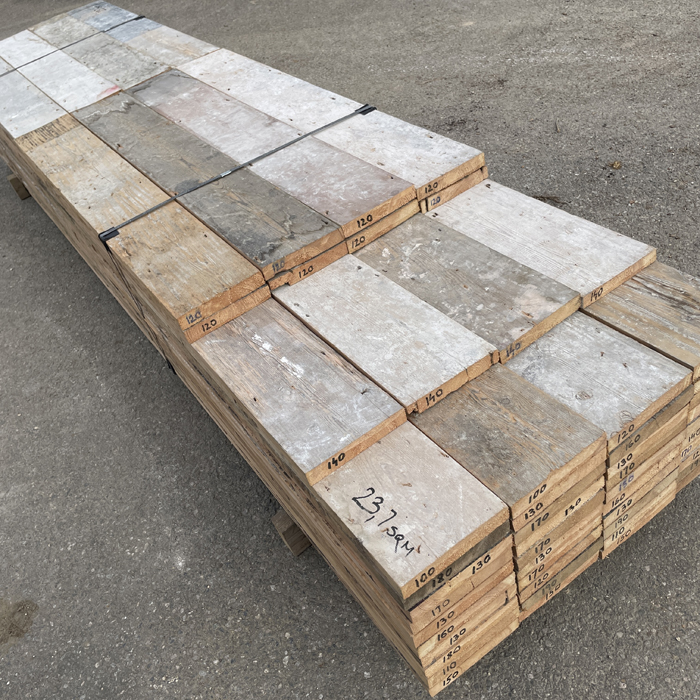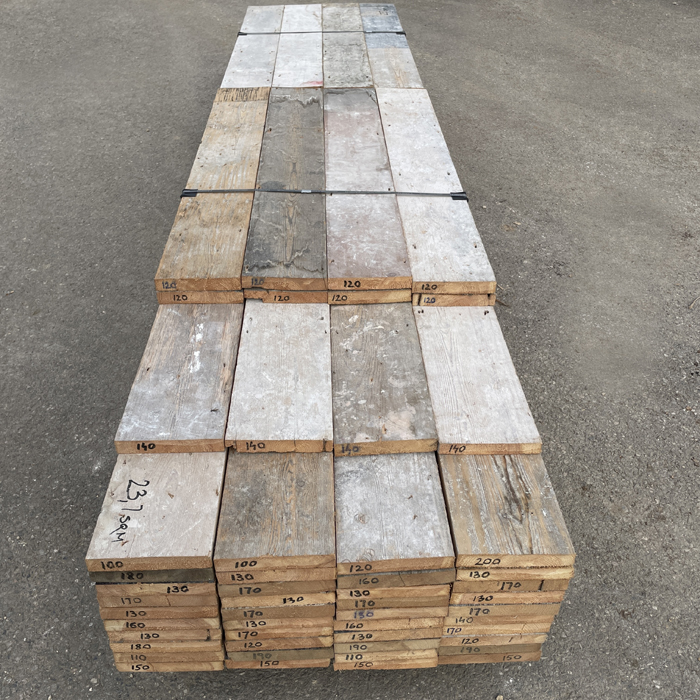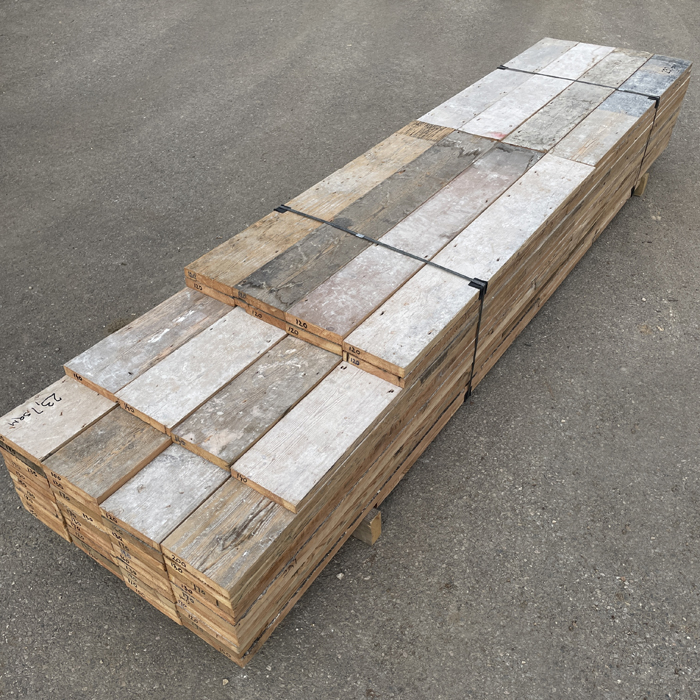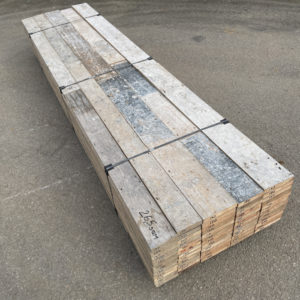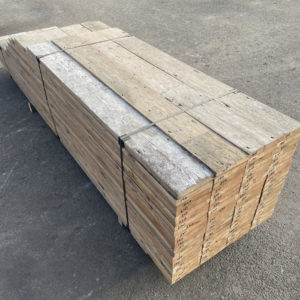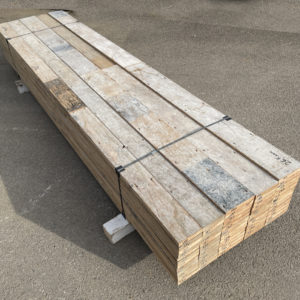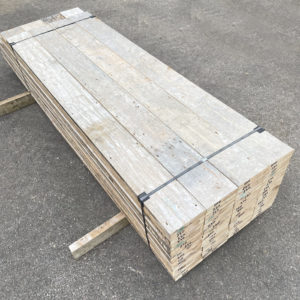Archived Stock - This item is no longer available
Reclaimed 6 3/4″ Edwardian pine floorboards (23.7 sqm ex. Egyptian House Piccadilly),
Square-edged in a mixture of lengths up to 2m as salvaged (mostly 130-190cm long). Board width 17cm. Thickness 30mm.
SOLD OUT
Out of stock
These boards have a fantastic provenance – read the story of the site that they came from: Click Here
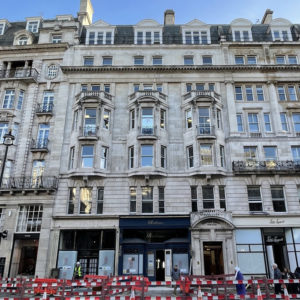
Square-edged in a mixture of lengths, as salvaged. The old growth Baltic Pine from which these boards are made is straight grained and with a mellow pale yellow colour if sanded. These boards are supplied unfinished and they require cleaning, sanding and finishing for those not celebrating the old patina. Scroll through the pictures < > to see details of the timber.
The Building Conservation Society sums up the case for reclaimed pine flooring:
“The record demand for house building in 18th and 19th century London was an indicator of the nation’s prosperity. The demand for buildings resulted in a demand for timber; that timber was pine, felled in Poland and sent to England through the Baltic ports. The soaring popularity of imported softwood was driven by its quality and availability as well as favourable transport and conversion costs. The quality of slow-grown old-stand timber such as Pinus Sylvestris that was cut inland and sent down river to the Baltic ports of Memel and Riga was recognised by architects and craftsmen of the period. Contemporary specifications (for example by English architect Sir John Soane) called for pine and fir from these ports, including Memel and Riga Fir.
Much of our historic joinery and flooring was constructed from wood that was slow grown. This wood generally has a fine, close-grained texture and, because much of it was from old stands, it tends to be fairly clear of knots and vertically grained, giving it good durability and stability.
Today, managed softwood plantations aim to produce timber as quickly and as economically as possible. This faster grown timber is not as durable as that from the mature trees that were more common up to the start of the 20th century. Much of the modern fast-grown softwood will be used in construction once it has been pressure impregnated with preservatives. Generally this type of timber is not suited to quality repairs of historic joinery. The quality and closeness of grain of repair timber should match that of the original as closely as possible. This will reduce differential movement at the junction of old and new wood.”
Recently Viewed Items
-
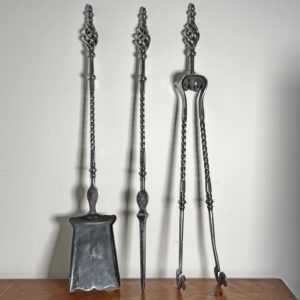
A set of wrought steel Arts and Crafts fire tools,
£1,450A set of wrought steel Arts and Crafts fire tools,
the open twist handles with acorn finials atop twisted and knopped shafts, the tongs sprung,£1,450 -

Large octagonal brass hall lantern
Large octagonal brass hall lantern
with bevelled glass panels and eight light fitment within, re-wired and PAT tested, late twentieth century.

